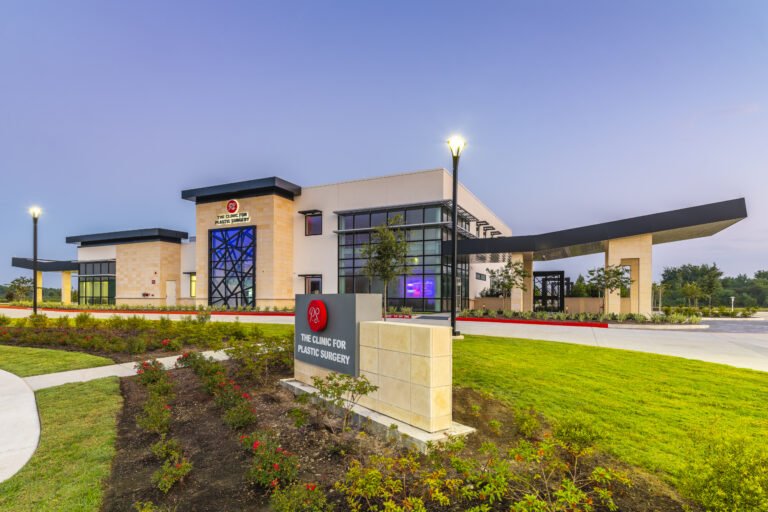A deep plane facelift is a cutting-edge facial rejuvenation procedure that addresses signs of aging by repositioning deeper layers of facial tissue, not just the skin. Unlike traditional facelifts, it works beneath the superficial muscular aponeurotic system (SMAS), creating more natural and lasting results. Here are the top 10 benefits:
1. Natural-Looking Results
One of the biggest advantages of the deep plane technique is its ability to avoid the “pulled” or artificial look that older facelift methods can produce. By lifting the deeper facial structures together with the skin, the result is smoother and more harmonious, maintaining the individual’s natural facial expressions.
2. Long-Lasting Outcomes
Deep plane facelifts tend to have more durable results than traditional facelifts. Because the deeper layers of tissue are repositioned and secured, patients often enjoy a refreshed appearance that lasts 10-15 years or longer.
3. Enhanced Cheek Volume and Contour
The procedure lifts sagging midface tissues, restoring lost volume to the cheeks and creating a fuller, more youthful contour without the need for fillers or implants.
4. Improved Jawline Definition
By tightening the tissues that contribute to jowling, a deep plane facelift enhances the definition of the jawline. This creates a smoother transition from the face to the neck, reducing heaviness in the lower face.
5. Neck Rejuvenation
While the deep plane facelift primarily targets the mid and lower face, it often results in secondary improvements to the neck. Surgeons commonly combine it with a neck lift to eliminate loose skin, banding, and fat deposits.
6. Better Midface Elevation
Traditional facelifts often do little for the area around the nose and upper cheeks. The deep plane technique directly addresses this region, lifting and repositioning tissues to combat nasolabial folds and sagging.
7. Reduced Skin Tension
Because the lift is achieved by moving deep tissues rather than pulling on the skin, there’s less tension on the skin itself. This leads to better healing, less scarring, and more comfortable recovery.
8. Smoother Smile Lines (Nasolabial Folds)
By releasing and elevating deeper facial ligaments, the deep plane technique softens pronounced nasolabial folds (the lines that run from the nose to the corners of the mouth), something traditional facelifts often struggle to correct.
9. Balanced, Full-Face Rejuvenation
This procedure addresses multiple signs of aging simultaneously—including volume loss, sagging, and folds—providing a comprehensive facial refresh rather than just lifting certain areas.
10. Suitable for a Wide Range of Ages
While most facelift patients are in their 40s to 60s, the deep plane technique is suitable for both younger patients seeking early intervention and older patients needing more significant rejuvenation. Its versatility and safety make it a popular option across age groups.



